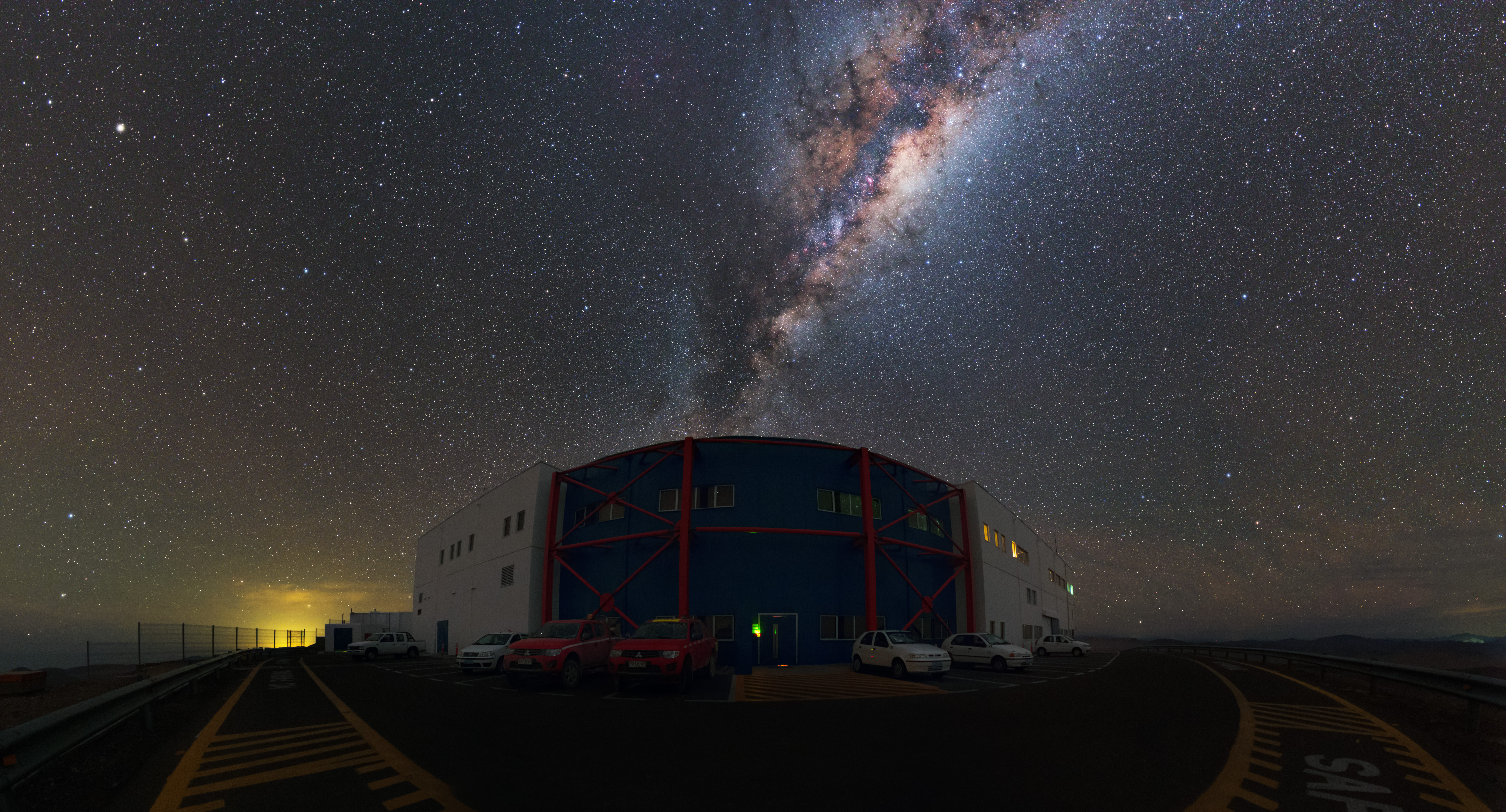|
Poloniny Dark-Sky Park
Poloniny Dark-Sky Park ( sk, Park tmavej oblohy Poloniny) is the first dark sky park in Slovakia. It became the 20th dark sky park in the world. Natural total night darkness, which would be unaffected by artificial light, no longer exists in Slovakia because of light pollution, but there are still places where this influence is minimal. Such a place is the Poloniny National Park, which is in terms of light pollution the darkest area in Slovakia. Therefore, the Slovak Union of Astronomers started an initiative to establish a dark sky park there. Location and area Poloniny Dark-Sky Park is located in the northeast of the Slovak Republic on the border with Poland and Ukraine. The territory of the park itself is defined by area of the Poloniny National Park (298.05 km2) and a buffer zone (109.73 km2) and municipal territories of Kolonica, Ladomirov, Kalná Roztoka, Klenová, Ruská Volová (77.41 km2). The total area is 485.19 km2. Area of the park is characteriz ... [...More Info...] [...Related Items...] OR: [Wikipedia] [Google] [Baidu] |
Dark Sky Park
A dark-sky preserve (DSP) is an area, usually surrounding a park or observatory, that restricts artificial light pollution. The purpose of the dark-sky movement is generally to promote astronomy. However, astronomy is certainly not the only objective of conserving a dark sky. A dark night sky is associated with many facets of history, philosophy, religion, societal development, poetry, song, mathematics, and science. Different terms have been used to describe the areas as national organizations have worked independently to create their programs. The International Dark-Sky Association (IDA) uses International Dark Sky Reserve (IDSR) and International Dark Sky Park (IDSP). A third designation, International Dark Sky Sanctuary, was introduced in 2015. History An International Dark-Sky Association (IDA) was founded in 1988 to reserve public or private land for an exquisite outlook of nocturnal territories and starry night skies. These reserves are specifically conserved for its sci ... [...More Info...] [...Related Items...] OR: [Wikipedia] [Google] [Baidu] |
Environmental Protection
Environmental protection is the practice of protecting the natural environment by individuals, organizations and governments. Its objectives are to conserve natural resources and the existing natural environment and, where possible, to repair damage and reverse trends. Due to the pressures of overconsumption, population growth and technology, the biophysical environment is being degraded, sometimes permanently. This has been recognized, and governments have begun placing restraints on activities that cause environmental degradation. Since the 1960s, environmental movements have created more awareness of the multiple environmental problems. There is disagreement on the extent of the environmental impact of human activity, so protection measures are occasionally debated. Approaches to environmental protection Voluntary environmental agreements In industrial countries, voluntary environmental agreements often provide a platform for companies to be recognized for moving beyond ... [...More Info...] [...Related Items...] OR: [Wikipedia] [Google] [Baidu] |
Darkness
Darkness, the direct opposite of lightness, is defined as a lack of illumination, an absence of visible light, or a surface that absorbs light, such as black or brown. Human vision is unable to distinguish colors in conditions of very low luminance. This is because the hue sensitive photoreceptor cells on the retina are inactive when light levels are insufficient, in the range of visual perception referred to as scotopic vision. The emotional response to darkness has generated metaphorical usages of the term in many cultures, often used to describe an unhappy or foreboding feeling. Referring to a time of day, complete darkness occurs when the Sun is more than 18° below the horizon, without the effects of twilight on the night sky. Scientific Perception The perception of darkness differs from the mere absence of light due to the effects of after images on perception. In perceiving, the eye is active, and the part of the retina that is unstimulated produces a complementar ... [...More Info...] [...Related Items...] OR: [Wikipedia] [Google] [Baidu] |
Astronomy In Slovakia
Astronomy () is a natural science that studies celestial objects and phenomena. It uses mathematics, physics, and chemistry in order to explain their origin and evolution. Objects of interest include planets, moons, stars, nebulae, galaxies, and comets. Relevant phenomena include supernova explosions, gamma ray bursts, quasars, blazars, pulsars, and cosmic microwave background radiation. More generally, astronomy studies everything that originates beyond Earth's atmosphere. Cosmology is a branch of astronomy that studies the universe as a whole. Astronomy is one of the oldest natural sciences. The early civilizations in recorded history made methodical observations of the night sky. These include the Babylonians, Greeks, Indians, Egyptians, Chinese, Maya, and many ancient indigenous peoples of the Americas. In the past, astronomy included disciplines as diverse as astrometry, celestial navigation, observational astronomy, and the making of calendars. Nowadays, professi ... [...More Info...] [...Related Items...] OR: [Wikipedia] [Google] [Baidu] |

.jpg)

